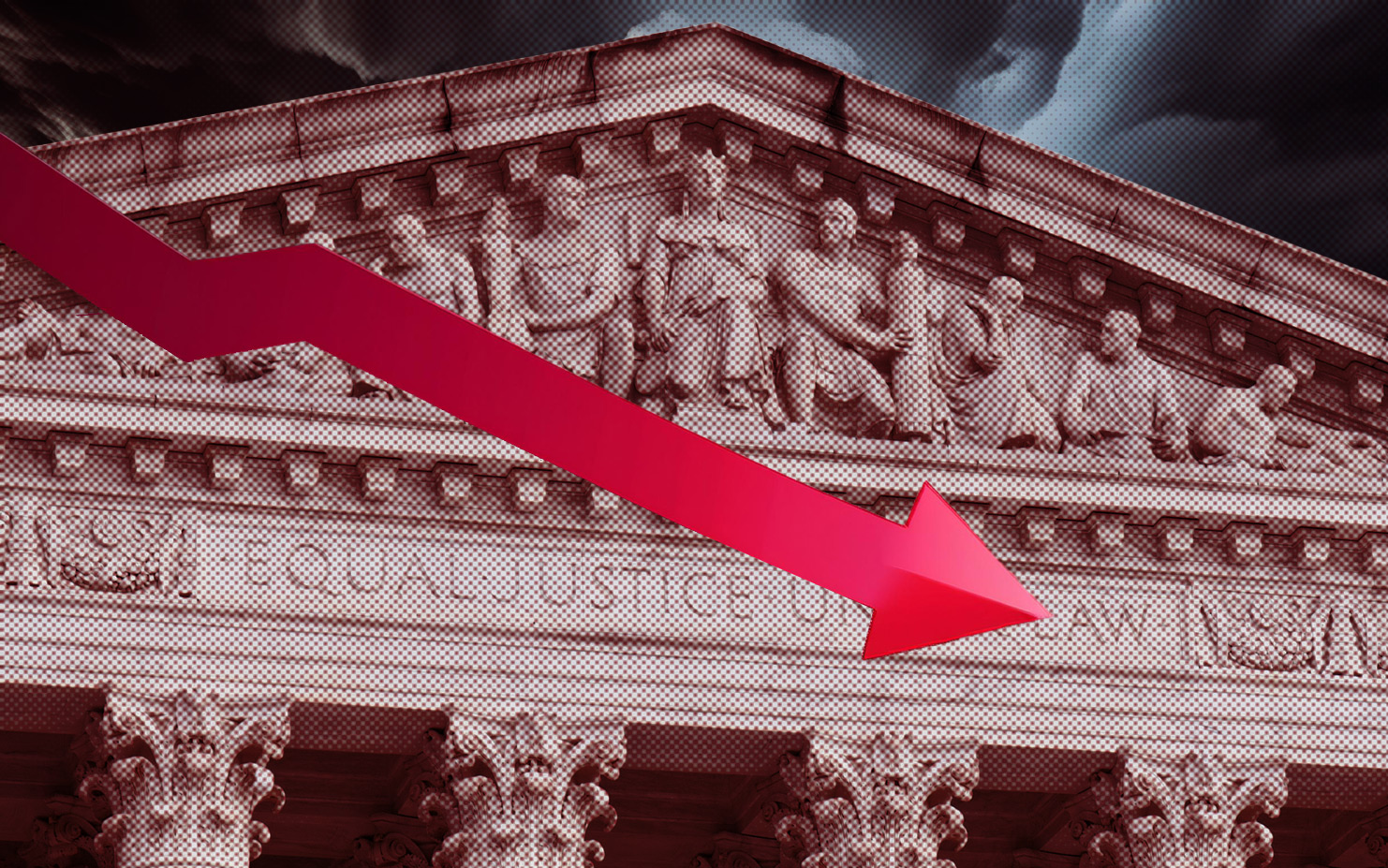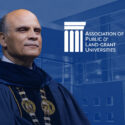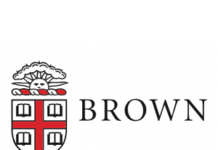
In an earlier JBHE post, data was presented showing a drop in Black enrollments at some of the nation’s highest-ranked colleges and universities as a result of the June 29, 2023 United States Supreme Court decision banning the consideration of race in college admissions decisions.
Since that time several other high-ranking colleges and universities have reported demographic data for this fall’s entering class.
Carnegie Mellon University in Pittsburgh reports that African American first-year enrollments dropped 2.3 percentage points from a year ago. Asian American enrollments increased by 4 percentage points.
Blacks make up 5 percent of the entering class at Stanford University in California. This is down from 9 percent a year ago.
At the University of Southern California in Los Angeles, Blacks make up 6.6 percent of the entering class. This is down from 7.8 percent a years. Whites and Asian Americans make up a larger percentage of entering students than they did last year.
At Williams College in Massachusetts, the percentage of Black students increased from 6.8 percent to 7.3 percent. But Williams College had enrolled a far larger number of Black students in the past. For the class entering in Fall 2011, Williams had the highest percentage of entering Black students among the leading liberal arts colleges participating in the JBHE survey at 12.4 percent.
At Northeastern University in Boston, the percentage of Black students in the entering class dropped from 7.8 percent a year ago to 5.1 percent this year.
At Boston University the population of Black first-year students dropped from 9 percent last year to 3 percent this year.











